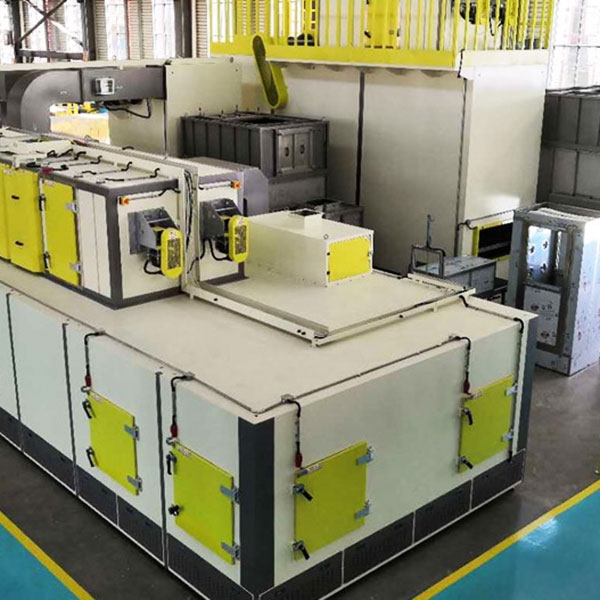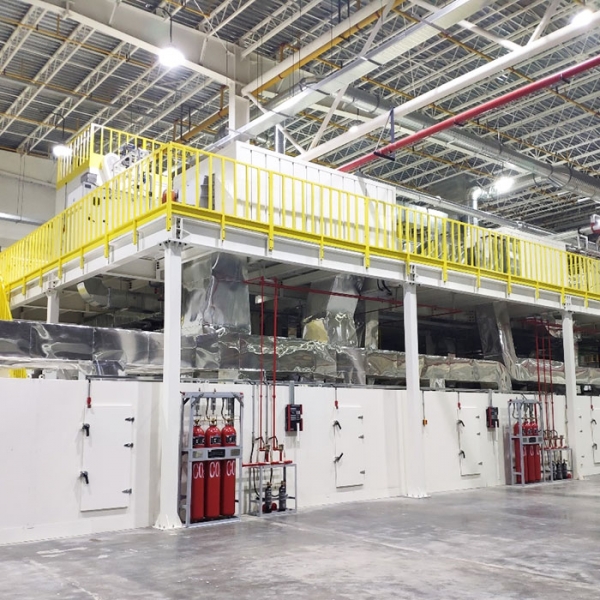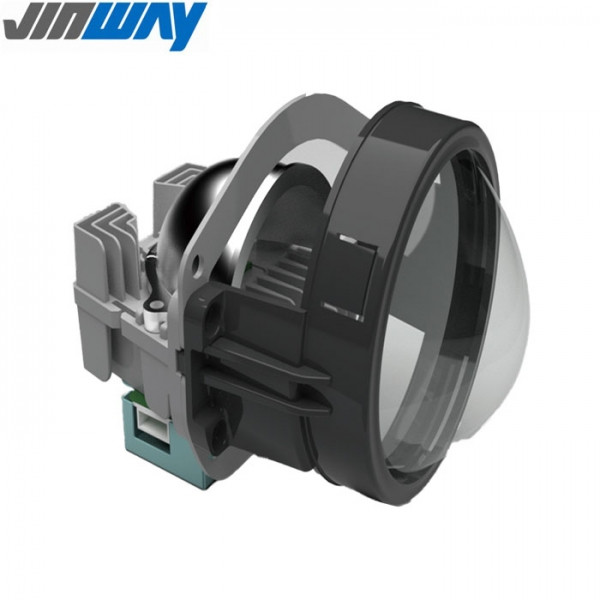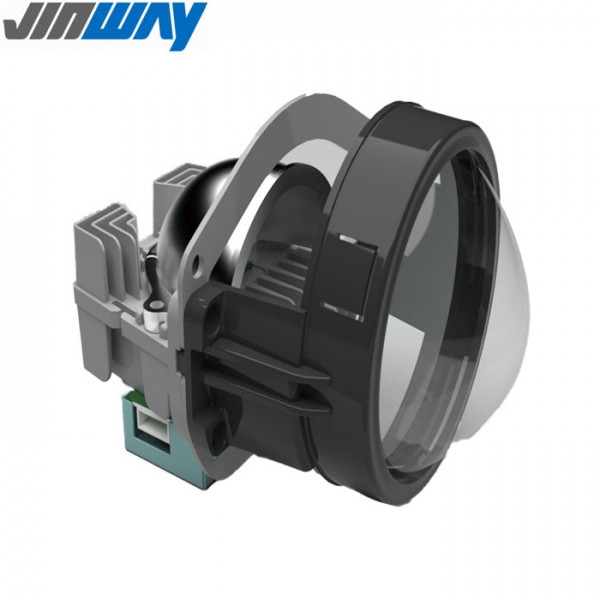Managing Optical Test Systems through Remote Diagnostics and Cloud Monitoring
In today’s increasingly connected manufacturing world, remote management and data-driven oversight are transforming how optical test systems operate. The days of relying solely on on-site engineers for troubleshooting and maintenance are giving way to a new era of remote diagnostics and cloud-based monitoring. For companies using complex photometric or optical inspection systems, this shift not only enhances productivity but also ensures continuous system reliability and uptime. By connecting testing equipment to the cloud, manufacturers can diagnose, maintain, and optimize performance from anywhere in the world—creating smarter, faster, and more resilient production environments. Optical testing systems play a crucial role in industries like automotive, aerospace, and electronics, where precision lighting and visual quality are non-negotiable. However, these systems are often complex, involving sensitive sensors, optical components, and calibration mechanisms that require ongoing monitoring. Traditionally, identifying and resolving technical issues meant dispatching specialists to the site, leading to downtime, travel costs, and production delays. Remote diagnostics eliminate these inefficiencies by enabling experts to analyze system data in real time, detect problems early, and even correct them without being physically present.
Modern optical test systems are equipped with advanced sensors and software capable of continuously monitoring equipment performance. These systems collect operational data—such as temperature, calibration status, optical alignment, and light intensity—then transmit it securely to cloud-based servers. Engineers can access this information remotely through dashboards and analytics tools. If performance anomalies are detected, the system generates alerts, allowing maintenance teams to intervene before small issues escalate into major failures. Cloud monitoring takes diagnostics a step further by integrating all optical testing data into a unified platform. Instead of relying on local computers or standalone systems, manufacturers can manage multiple test stations across different locations through a centralized online interface. Cloud monitoring ensures data consistency, enhances traceability, and supports large-scale production visibility. It allows managers to compare performance metrics across facilities, ensuring uniform quality standards and optimizing test schedules based on real-time insights.
One of the most significant benefits of remote diagnostics and cloud monitoring is the ability to move from reactive to predictive maintenance. By analyzing data trends over time, the system can identify early warning signs—such as gradual light degradation, sensor drift, or abnormal temperature fluctuations. Predictive algorithms can forecast when maintenance will be required, allowing teams to plan interventions proactively rather than waiting for equipment breakdowns. This predictive capability dramatically reduces unplanned downtime and extends equipment lifespan. With the shift to cloud connectivity, data security becomes a top priority. Modern remote diagnostic systems use encryption protocols, multi-level authentication, and user access management to safeguard sensitive test data. Role-based permissions ensure that only authorized personnel can access, modify, or analyze system data. Additionally, audit trails and backup mechanisms ensure that information remains intact, providing traceable records for compliance and quality control.
Remote diagnostics enable engineers and support teams to connect directly to optical test systems, analyze logs, and run diagnostic routines in real time. This capability is especially valuable for manufacturers operating in multiple locations or under tight production schedules. Expert teams can remotely identify the root cause of performance deviations—such as lens misalignment, sensor contamination, or calibration drift—and recommend corrective actions immediately. Some systems even allow remote firmware updates or software patches, reducing the need for on-site visits entirely. Cloud-monitored optical test systems can also interface with digital twin platforms—virtual replicas of physical machines that simulate performance and wear under various conditions. By analyzing real-time data through a digital twin, engineers can model system behavior, predict failures, and optimize settings without interrupting production. This integration improves decision-making and enhances the long-term reliability of testing equipment.
For multinational companies managing multiple production sites, remote and cloud-enabled monitoring offers unparalleled visibility. Managers can oversee test operations globally, track compliance across regions, and ensure consistent quality standards in every facility. This centralized control eliminates data silos and fosters collaboration between engineering teams, production staff, and quality assurance departments—no matter where they are located. Remote diagnostics also align with sustainability goals by reducing travel requirements for maintenance personnel and minimizing physical interventions. Less travel means lower carbon emissions, and early detection of inefficiencies helps reduce energy consumption. Additionally, cloud monitoring can optimize test system usage, ensuring that equipment operates only when necessary, further contributing to energy efficiency and operational sustainability.
As industrial automation advances, the fusion of Internet of Things (IoT) connectivity, AI analytics, and cloud computing will continue to enhance remote optical test system management. Future systems will not only detect issues but also self-correct using adaptive algorithms and automated calibration. This evolution will empower manufacturers to achieve higher accuracy, faster testing cycles, and near-zero downtime—setting new benchmarks in efficiency and reliability. Managing optical test systems through remote diagnostics and cloud monitoring represents a major leap forward in manufacturing technology. By connecting machines to intelligent networks, manufacturers gain real-time visibility, predictive maintenance capabilities, and centralized control over complex testing operations. The result is improved uptime, enhanced product quality, and lower operational costs—all achieved with greater speed and sustainability. As industries continue to embrace digital transformation, remote management will become the standard for maintaining the accuracy and reliability of optical and photometric testing systems.







